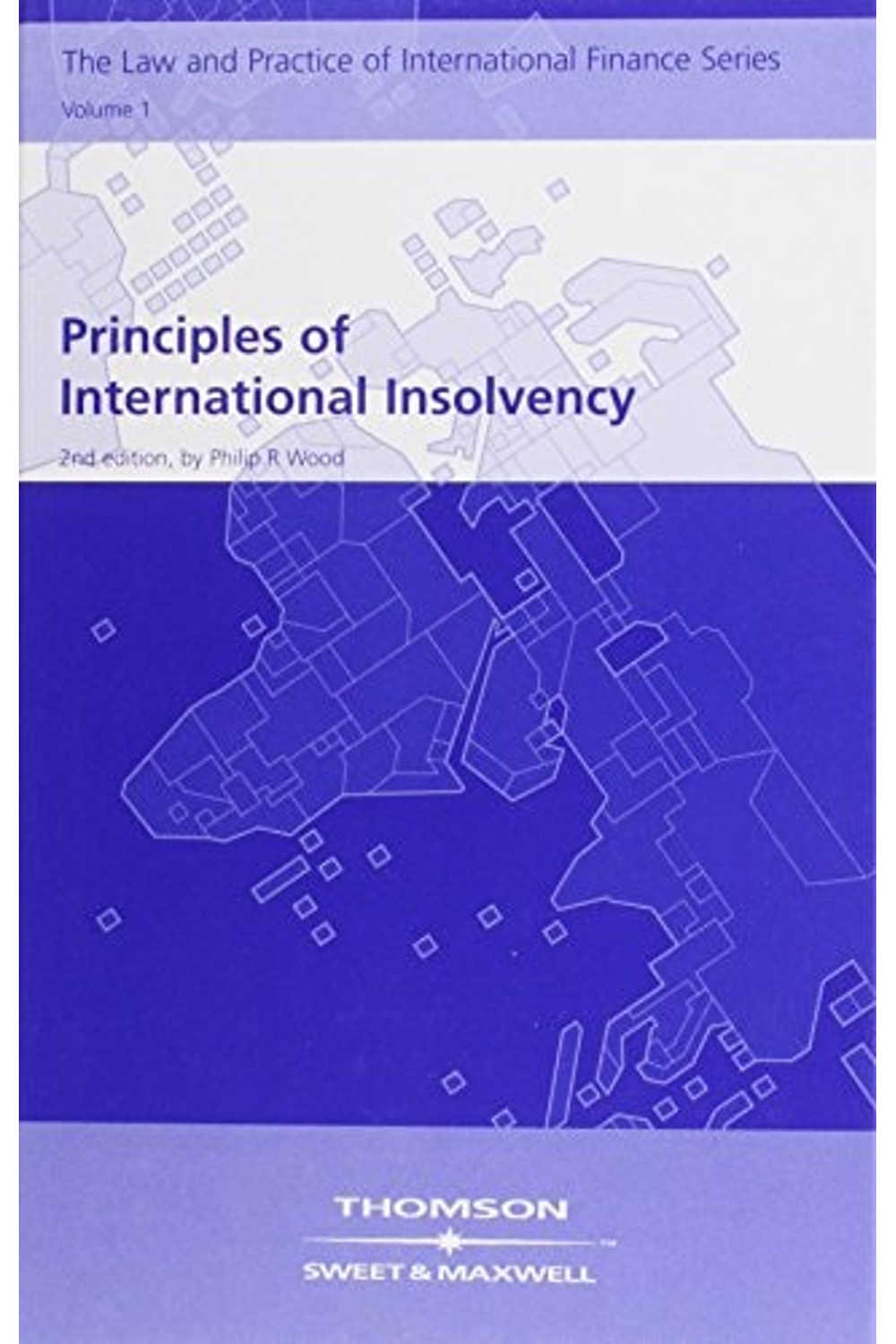Dive into the complexities of cross-border insolvency with “Principles of International Insolvency,” Volume 1 of “The Law and Practice of International Finance Series,” 2nd Edition, by Philip R. Wood. This authoritative hardcover, published by Thomson / Sweet & Maxwell, offers a comprehensive, comparative analysis of insolvency laws across the globe. A seminal work for legal professionals and academics in international finance, this book goes beyond a simple overview, providing a deep dive into diverse legal systems and their approaches to restructuring and liquidation. Explore key topics like security interests, avoidance of preferences, director liability, and the intricacies of lender liability. Wood expertly navigates complex issues such as the EU Insolvency Regulation and the UNCITRAL Model Law, offering a practical guide to navigating international regulations. With its comprehensive coverage and insightful analysis, this book serves as an invaluable resource for understanding the ever-evolving landscape of international insolvency law. A must-have for any practitioner involved in cross-border finance or bankruptcy.
The Law and Practice of International Finance Series, Volume 1: Principles of International Insolvency (v. 1)
49,69 $
In stock
Introduction — Comparison Of Work-outs, Judicial Rescues And Liquidations — Legal Families Of The World — Indicators Of Insolvency Law — Anglo-american Common Law Jurisdictions — Napoleonic Jurisdictions — Roman-germanic Jurisdictions — Other Groups Of Jurisdictions — Entry Criteria For Insolvency : Stays On Claimant — Management Of Insolvency Proceedings — The Bankruptcy Ladder Of Priorities — Bankrupt’s Property And Trusts; Publicity — Non-consensual Trusts And Tracing — Security Interests — Insolvency Set-off — Contracts, Leases And Forfeitures — Avoidance Of Preferences — Selected Preference Laws — Director Liability — Shareholder And Other Third Party Liability — Private Restructuring Agreements (work-outs) — Lender Liability — Judicial Reorganisation Plans — Bank Insolvencies — State Insolvency — Insolvency Of Individuals And Other Debtors — Insolvency Conflict Of Laws — Recognition Of Foreign Insolvency Representatives And Stays — Applicable Law — Eu Insolvency Regulation And Bank Insurance Directives — Uncitral Model Law On Cross-border Insolvency. By Philip R. Wood. Includes Indexes. Includes Bibliographical References And Index.
| Authors | |
|---|---|
| Binding | |
| Condition | |
| ISBN-10 | 1847032109 |
| ISBN-13 | 9781847032102 |
| Language | |
| Pages | 1064 |
| Publisher | |
| Year published | |
| Weight | 4000 |
| Edition | 2nd |
- Additional information
- Currencies
- USD – United States dollar
- EUR – Euro
- GBP – Pound sterling
- CNY – Chinese yuan
- BRL – Brazilian real
- MXN – Mexican peso
- JPY – Japanese yen
- PHP – Philippine peso
- THB – Thai baht
- PLN – Polish złoty
- CAD – Canadian dollar
- MYR – Malaysian ringgit
- AUD – Australian dollar
- TWD – New Taiwan dollar
- CZK – Czech koruna
- SEK – Swedish krona
- HUF – Hungarian forint
- ILS – Israeli new shekel
- CHF – Swiss franc
- HKD – Hong Kong dollar
- DKK – Danish krone
- SGD – Singapore dollar
- NOK – Norwegian krone
- NZD – New Zealand dollar





